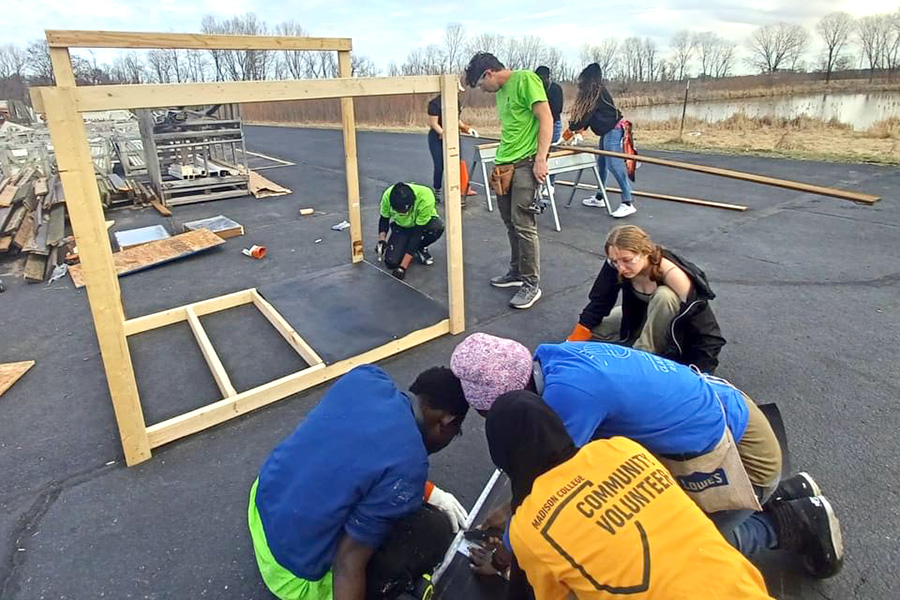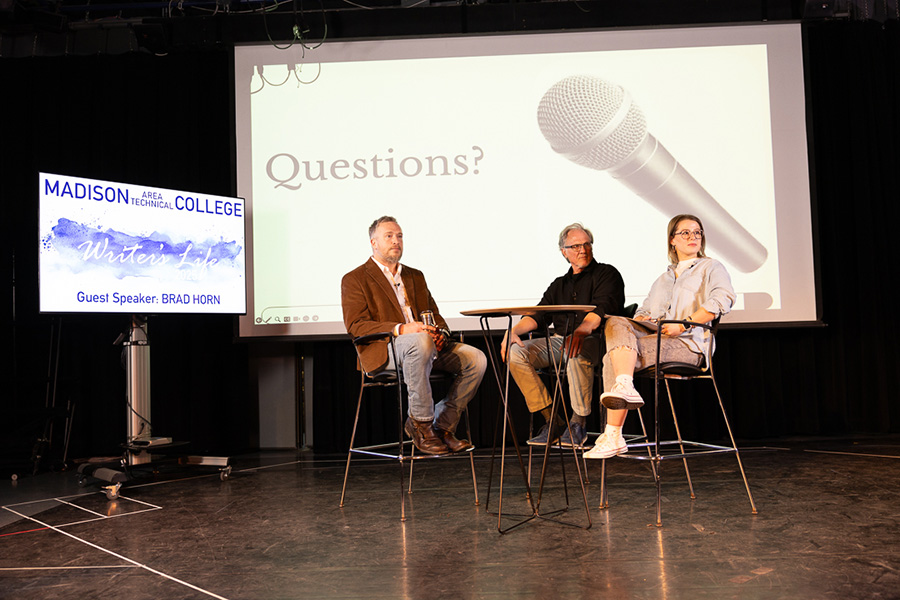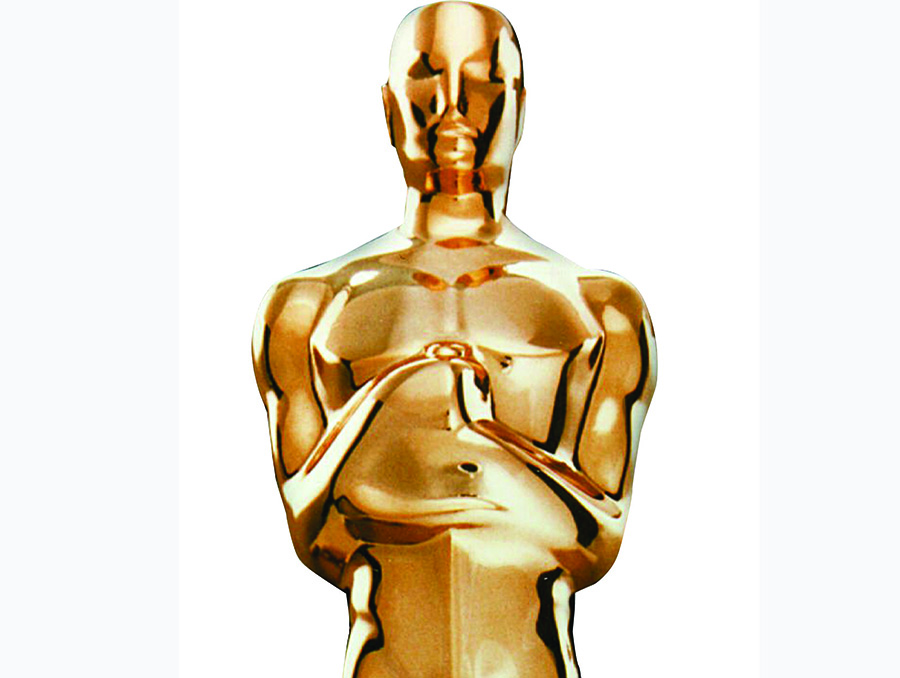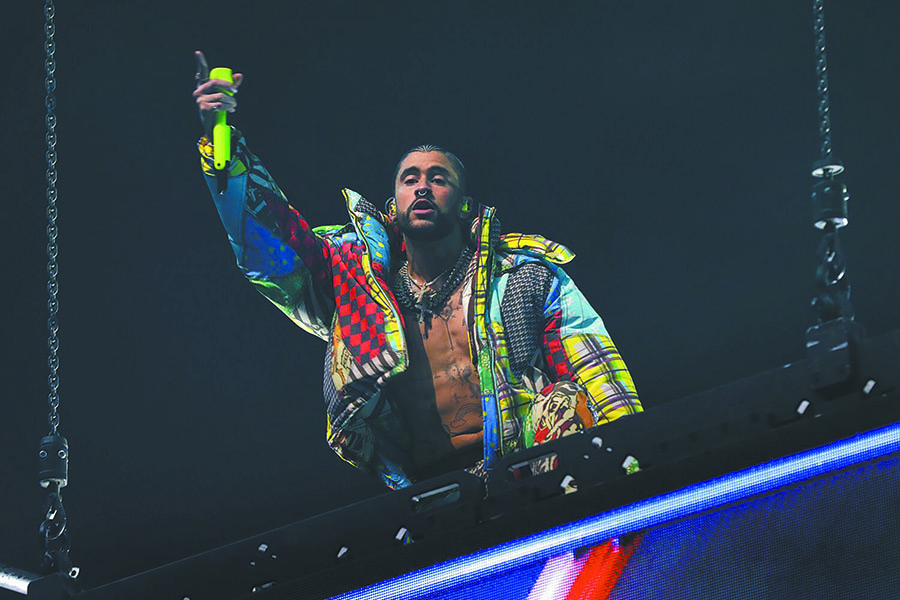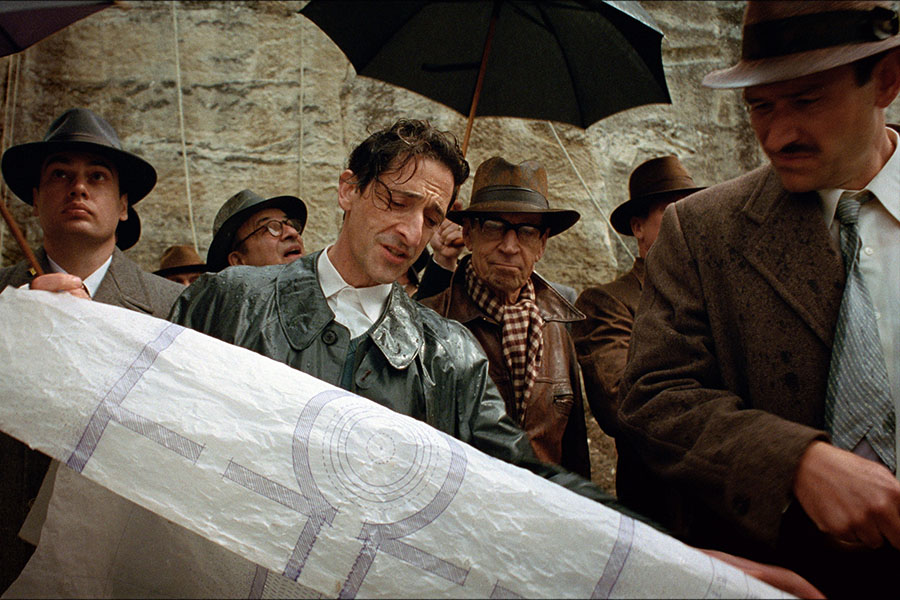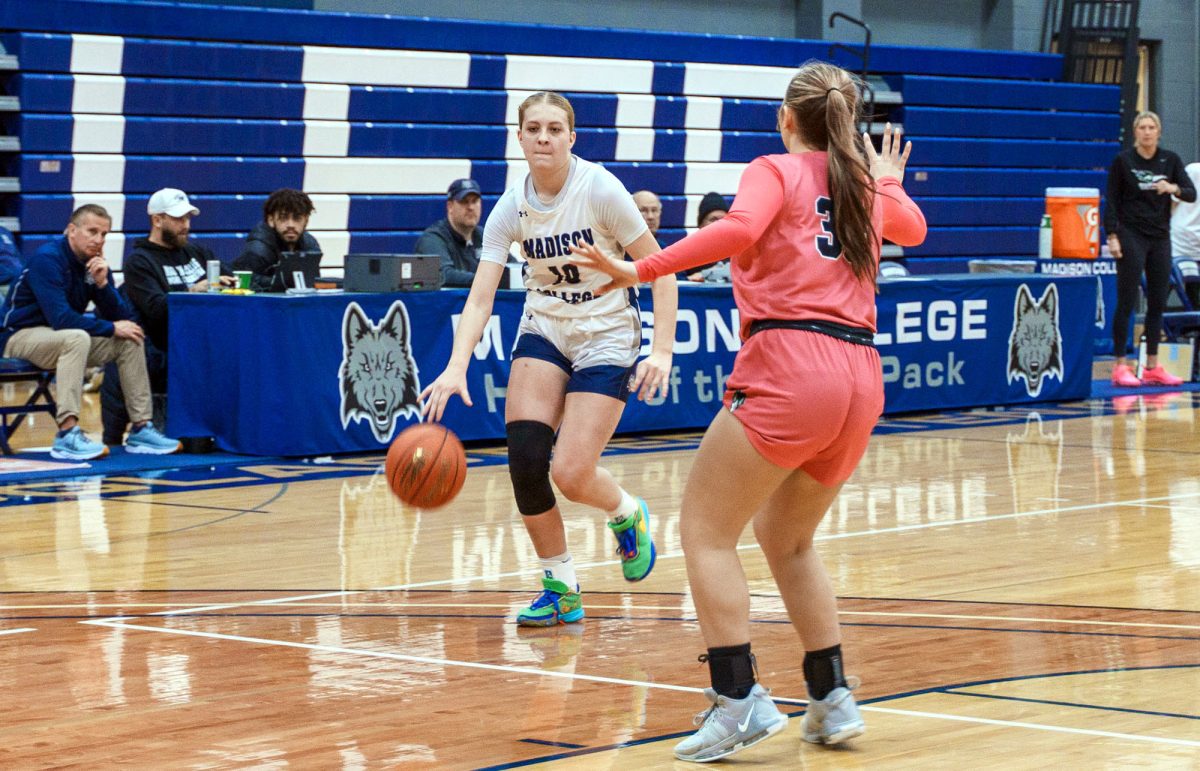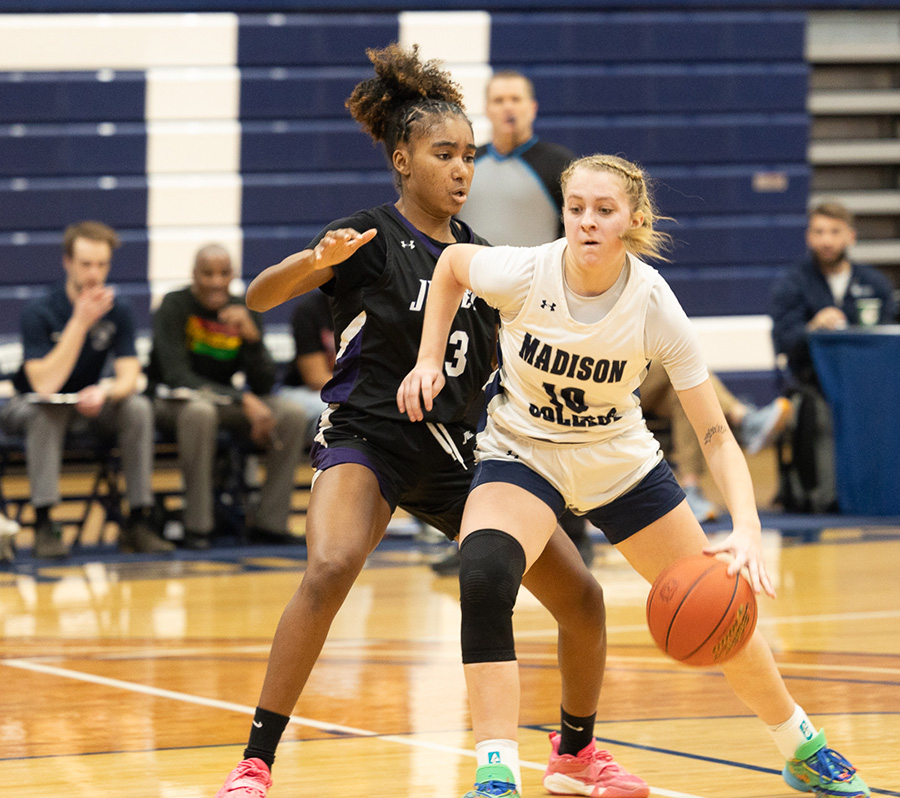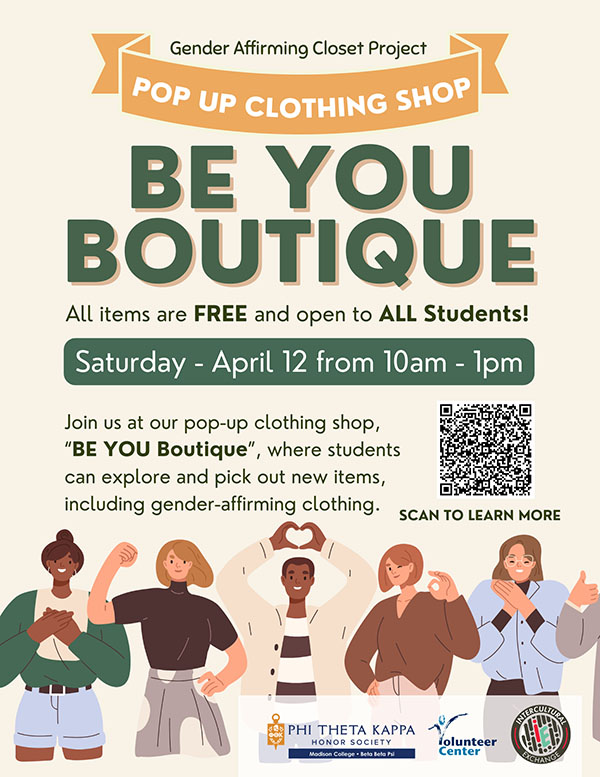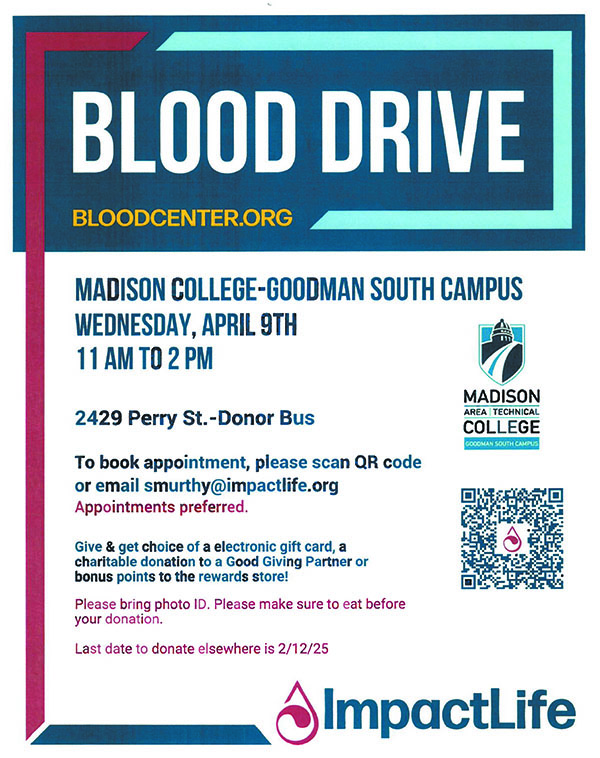NFL Cheerleaders are treated unfairly
April 17, 2018
In recent years, there have been controversies involving NFL cheerleaders getting unequal pay or being treated unfairly based on gender. This trend shows just how little progress has been made in gaining workplace gender equality. This is baffling to me, given all the obvious benefits of workplace gender equality. It allows for increased female financial autonomy, increased workplace contributions from all genders, happier and more productive employees, and happier consumer bases.
Back in January, New Orleans Saints cheerleader, Bailey Davis, posted a photo of herself in a one-piece on Instagram, only to have Saints officials accusing her of breaking rules that prohibit cheerleaders from appearing “nude, seminude or in lingerie,” according to The New York Times. Another accusation made against Davis stated that she had attending a party with Saints players (socialization between cheerleaders and players off the field is strictly prohibited). Davis was fired four days later, even though she denied both cases. The aforementioned regulation prohibits female cheerleaders to interact with male players at all, even on social media, and states that the cheerleaders must block the players if they try to follow them or talk to them. However, there is no regulation against the male players interacting with the cheerleaders. It’s regulations like these that ensure that women are burdened with all the pressure of a responsibility that should be shared.
As a female in the workplace, I find the existence of different regulations for men and women in the workplace to be sexist and degrading. If there were the same rules and regulations regardless of gender (with the exception of specific situations, such as the need to allow pumping time for new mothers), there would be happier environments because everyone could expect to be treated equally, and would have increased means of pursuing legal action if they are discriminated against.
One of the biggest controversies between males and females in the workplace is that females are paid less than their male coworkers, even when they are doing identical jobs and have comparable levels of experience and tenure. Long-time E! News anchor, Catt Sadler, left the pop culture network last December after finding out her male counterpart makes double her salary. After pursuing to extend her contract with E!, the network refused to pay her the same amount as him. Sadler ultimately made the decision to leave what she called her “dream job,” according to People.
In an April 9 interview with Us Weekly about her relationship with former E! News coworker, Jason Kennedy, Sadler says, “We’re friends. My relationship hasn’t changed with any of the people…It’s no one’s fault and even as these stories come out about other male, female stars or other people, like where the male’s getting paid more, the guys aren’t the target. It’s the system that’s the problem. It’s the systematic way that things are, this pervasive gap. That’s the problem.”
She’s completely right. It’s because of the system that the wage gap between males and females is so big. Everyone in the workplace should be paid the same amount if they work the same position and have the same experience, no matter their race or gender.
It will most likely take years for every company to reach full gender equality. But just because it’s going to take a while, it doesn’t mean we can’t start moving towards that goal. There needs to be better pay for all women. We shouldn’t have to worry about how much our male coworkers are getting paid. If companies require uniforms, there should be unisex uniforms, if possible. If a company has a set of rules and regulations, they shouldn’t vary based on gender.
NFL cheerleaders are just a few of the women who are speaking out about equality in the workplace. It’s been an ongoing discussion that cheerleaders should be treated fairly, financially, personally, and professionally. Although, recently the LA Rams hired their first two male cheerleaders. Whether or not they will have to follow the same regulations as their female cheerleaders has yet to be decided. I think if the female cheerleaders have regulations, then the male cheerleaders should have to follow them as well. All males and females in the workplace need to have equality.


